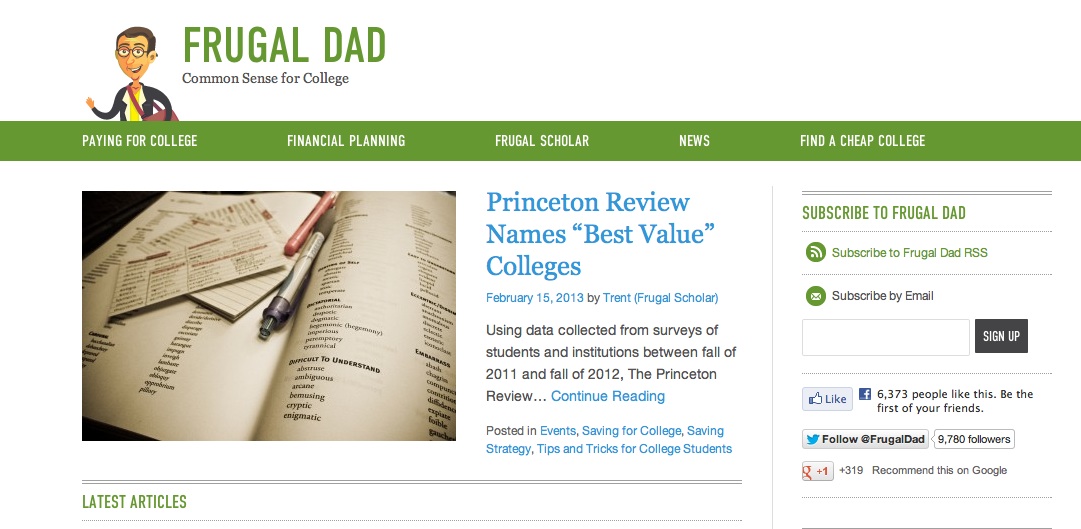 Whether you are a college student or just a book lover, you may wonder where you can shop for books for as little money as possible. You can still find physical books as well as ebooks for a fraction of the cost. In some cases, you can also find books for free if you know where to look. In either case, remember to look for local outlets as well as online ones in order to find the best bargains.
Whether you are a college student or just a book lover, you may wonder where you can shop for books for as little money as possible. You can still find physical books as well as ebooks for a fraction of the cost. In some cases, you can also find books for free if you know where to look. In either case, remember to look for local outlets as well as online ones in order to find the best bargains.
Online Stores
Online outlets have been very good for the used book market and for finding rare or hard to find books. Retailers like Amazon.com allow anyone including professional sellers and private owners to put their books on the market. Sometimes this type of market is very competitive and some book owners are simply looking to get rid of unwanted items, so they will set prices very low in order to ensure a sale.
Of course, there are also other online outlets like Abebooks. Brick and mortar bookstores such as Barnes & Noble have also gotten into the used book market, so it is possible to find books through major retailers as well. Furthermore, you just may look at online book clubs such as those that offer early paperback editions of books in order to find newer books at a lower price.
Local Bookstores and Libraries
Supporting local booksellers has always been very important. Many online stores have extensive used book sections. Many of them also specialize in offering discount books, so it is possible to find many selections at only a fraction of the cost. Larger chains may also occasionally have clearance sales when it is time to make room for new inventory, so it helps to keep an eye out for the sales and specials that occur throughout the year.
Libraries also tend to have sales in order to clear out books that may no longer see much circulation. These sales are usually fundraisers, so buying books from libraries helps to keep them open. In some cases, libraries may offer bags of books at a set price. Like online outlets, libraries sometimes have books that are rare or out of print, so you just may find a treasure when libraries have their sales.
Yard Sales
You may not have considered garage and yard sales as a place to find discount books, but just as many people can find unexpected treasures, book lovers may also find books at a yard sale. Yard sales can be an exciting way to find very inexpensive books because you never know what will be available. However, many people are willing to let go of books for less than $1 each.
Book Swaps
You can also find out if there are any local outlets that will allow you to swap books for free. Sometimes libraries offer book swaps. Local residents may also organize their own swap or you may initiate an event yourself. You may also find book swaps and exchanges online as well. Typically, members of these sites will offer books they no longer want or need in exchange for books in which they are interested.
Little Free Libraries
Little free libraries have been growing across the country in recent years. These are simply independently owned outlets that may be outside a business or private residence where anyone can leave and take books and other media at will. You do not have to leave a book in order to take one and there is no limit to what you will find. In fact, in addition to rare selections, you may also luck out and find a current bestseller for free.
Rent or purchase used
Author Bio
Ryan Ayers is a writer and blogger who creates articles relating to education. In this article, he offers a few financial tips for students buying books and aims to encourage further study through online masters in education programs.



 It is estimated that by the time a single child reaches the age of 18, his parents will have spent approximately $300,000, according to the U.S. Department of Agriculture (which releases annual reports on family spending). And that doesn’t include the cost of college. Of course, this report factors in housing, childcare, food, transportation, healthcare, and a number of other elements. But it comes out to about $13,000-14,000+ per year in expenses for a child in a median-income household (earning roughly $60,000-100,000 annually in taxable income). Unfortunately, your costs don’t end when your kids head off to college. In fact, they could increase significantly. You’ll still have to pay for your own home, car, food, and more, but you’ll also be on the hook for additional living expenses for your kids since they are no longer at home, not to mention tuition, books, fees, and other costs associated with college – unless of course you decide not to pay.
It is estimated that by the time a single child reaches the age of 18, his parents will have spent approximately $300,000, according to the U.S. Department of Agriculture (which releases annual reports on family spending). And that doesn’t include the cost of college. Of course, this report factors in housing, childcare, food, transportation, healthcare, and a number of other elements. But it comes out to about $13,000-14,000+ per year in expenses for a child in a median-income household (earning roughly $60,000-100,000 annually in taxable income). Unfortunately, your costs don’t end when your kids head off to college. In fact, they could increase significantly. You’ll still have to pay for your own home, car, food, and more, but you’ll also be on the hook for additional living expenses for your kids since they are no longer at home, not to mention tuition, books, fees, and other costs associated with college – unless of course you decide not to pay.




